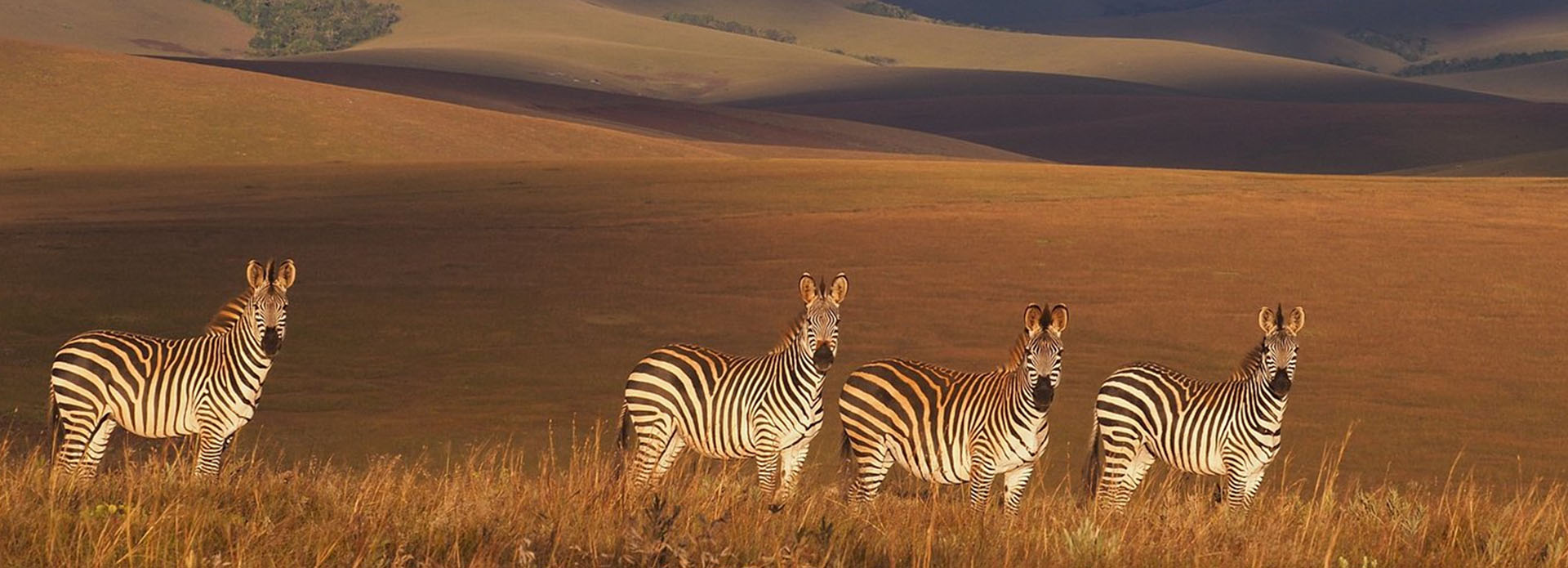
Nyika means, “Where water comes from”. The Plateau is on the UNESCO World Heritage tentative list for its cultural and natural beauty.
Located in northern Malawi, Nyika National Park is Malawi’s oldest and largest national park covering an area of 3200sq Km known for its stunning wilderness area, breathtaking landscape, diverse wildlife, and unique flora. Established in 1965, the park covers the whole area of the plateau, a unique upland with most parts rising 2500m above sea level offering breath-taking views, like none other in the whole of Africa. The Park is one of Malawi’s most scenic and spectacular wilderness areas, boosting an incredible mixture of scenery and landscapes - pristine brachystegia woodlands, mature mountain forest patches, crystal clear running streams and miles and miles of open rolling grasslands.
Nyika National Park is a magnificent montane plateau in central Africa, home to the highest leopard densities in the region. The Park is home to Burchell's zebra, numerous antelopes, and bush pigs, all preyed upon by leopards. Other species include hyenas, jackals, warthogs, and bush pigs. Lower slopes offer elephants, buffalo, warthogs, bush pigs, and hyenas. In recent times, lions have been spotted around the lodge.
The Park is home to over 400 bird species, including four new ones, and is home to the richest concentration of orchids in south-central Africa. During the rainy season, over 200 orchids bloom, adding color to the grasslands, with eleven endemic species and 27 found nowhere else in Malawi. The Park also features abundant wildflowers in other seasons.
Where To Stay
The primary lodging options in Nyika National Park are Chelinda Lodge and Chelinda Camp, which offers both lodge and camp-style accommodations. Both are located in the centre of the park, well-known for its picturesque views and undulating highlands.
Chelinda Lodge
The beautiful Chelinda Lodge is located in the highlands of Nyika National Park, and offers its guest’s spacious accommodation. The lodge lies on the backdrop of the towering pine trees. Situated high on the plateau, the eight luxuriously appointed chalets offer panoramic views over the rolling grasslands of the plateau, where wildlife including large herds of roan, eland and zebra can be spotted around the lodge. The lodge sits on 2300 meters above sea level overlooking the rolling grasslands.
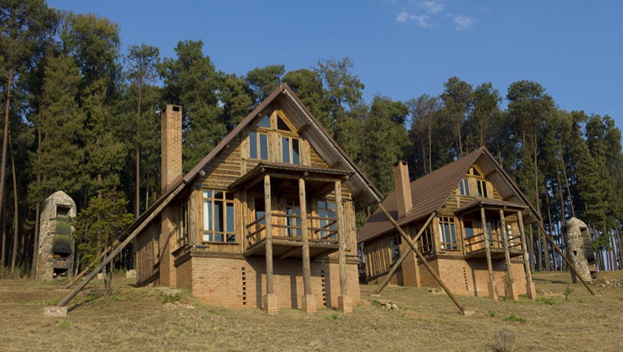
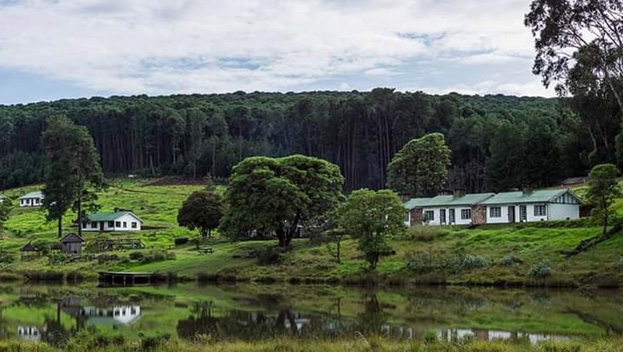
Chelinda Camp
Located within the beautiful Nyika National Park, nestled in the rolling hills and grasslands of Nyika. Surrounded by pristine wilderness and breathtaking views, Chelinda Camp offers guests a truly immersive experience in nature. The camp is strategically positioned to provide easy access to the park’s diverse wildlife, ensuring that visitors enjoy the incredible sights and sounds of the African bush right at their doorsteps. Chelinda Camp offers a unique and unforgettable experience for visitors to the park.
Activities & Experiences
Nyika National Park is a popular destination for ecotourism and wildlife enthusiasts. Visitors to the park can enjoy activities such as game drives, bird watching, hiking, and mountain biking. Nyika National Park continues to be a significant natural resource for Malawi, attracting both local and international visitors with its stunning landscapes and diverse wildlife. It stands as a testament to the country’s commitment to conservation and sustainable tourism.
Birdwatching
The Park is a popular bird watching destination with over 400 bird species recorded including the rare Denham’s including the rare Denham’s bustard, the wattled crane and other endemic red-winged francolin in the grasslands, cinnamon dove, bar-tailed trogon in the upland forest, while black-backed barbets and red and blue sunbirds move through the miombo woodland canopy.
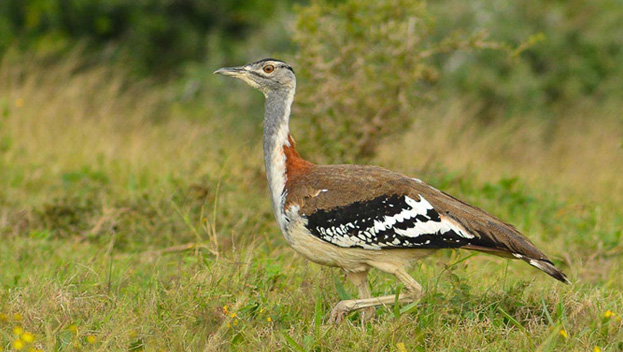
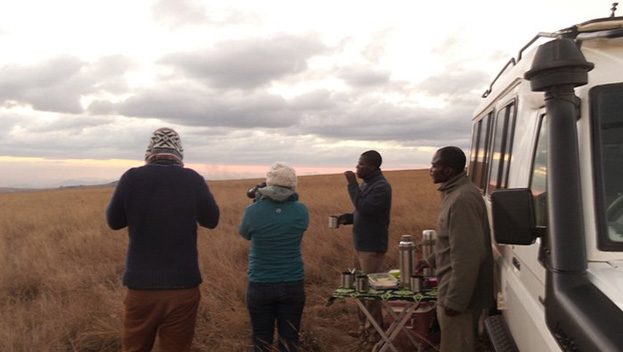
Game Drives
Game drives offer an exciting opportunity to catch a glimpse of the park’s wide range of wildlife. Nyika National Park offers diverse wildlife viewing through morning and evening game drives. Visitors can observe zebras, elephants, leopards, rare bird species, antelopes, and herbivores in their natural habitats. Morning and evening game drives provide a chance to witness the park's vibrant wildlife activity.
Walking Safari
Nyika National Park offers walking safaris for visitors to explore its diverse ecosystem.
The park’s montane grasslands, rolling hills and vibrant wildflowers create a stunning landscape perfect or wildlife photography and game drives. Visitors can also witness rare bird species and majestic elephant herds.
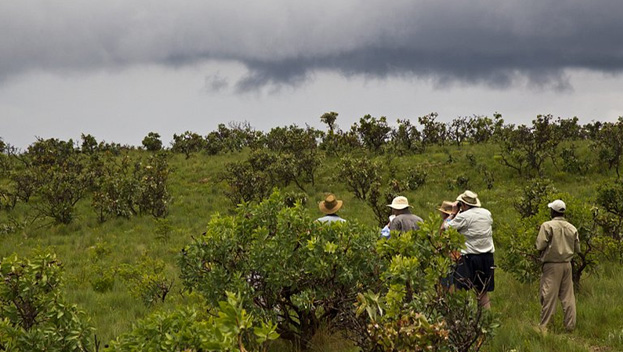
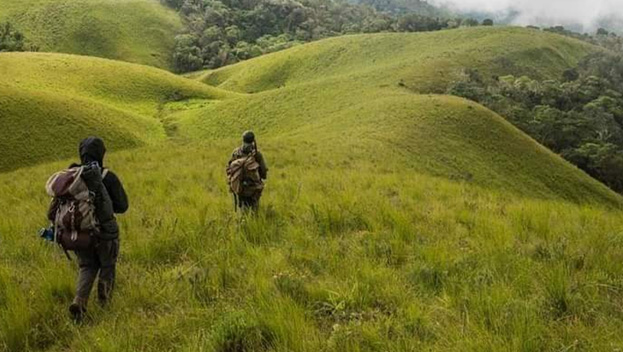
Hiking
Nyika National Park offers a variety of hiking trails, catering to both experienced and beginners, offering stunning scenery and diverse wildlife, making it a must-visit destination for nature enthusiasts.
Biking
Nyika National Park offers a thrilling biking experience for all skill level, with well-maintained trails and scenic rides through the park’s meadows and woodlands, suitable for leisurely or intense rides.
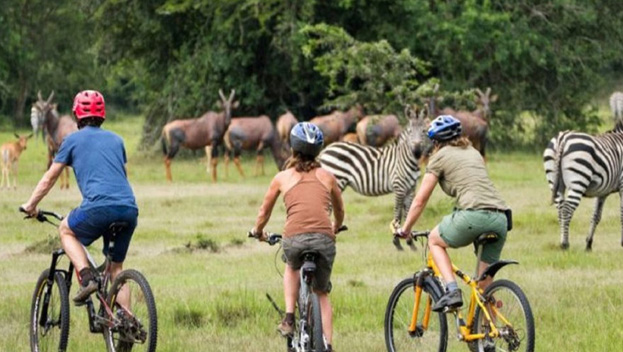
Best Time To Visit Nyika National Park
Nyika National Park is all year-round destination. However, the best time to visit Nyika National Park in Malawi depends on your preferences and the experiences you seek. However, generally, there are two main seasons to consider: the dry season and the wet season.
Dry Season (May to October):
The dry season, particularly from May to October, is considered the best time to visit Nyika National Park.
During this period, the weather is cooler and drier, making it more comfortable for outdoor activities such as game drives, walking safaris, and bird watching.
Wildlife tends to concentrate around water sources, making it easier to spot animals, and the grass is lower, improving visibility.
Wet Season (November to April):
The wet season in Nyika National Park occurs from November to April, with the peak of rainfall typically from December to February.
While the landscape becomes lush and green during the wet season, some areas may become impassable due to muddy and slippery conditions.
The wet season is also the time for migratory bird species, so bird watching can be particularly rewarding during this time.
Wildflowers and Blooms:
If you are interested in the flora of Nyika, visiting during the wet season (November to April) may be ideal. This is when wildflowers and other vegetation are in bloom, creating a vibrant and colorful landscape.
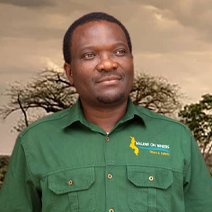
Your journey starts here
We design holidays rooted in local knowledge. Please feel free to contact us for expert advice and a personalized itinerary tailored specifically for you.
